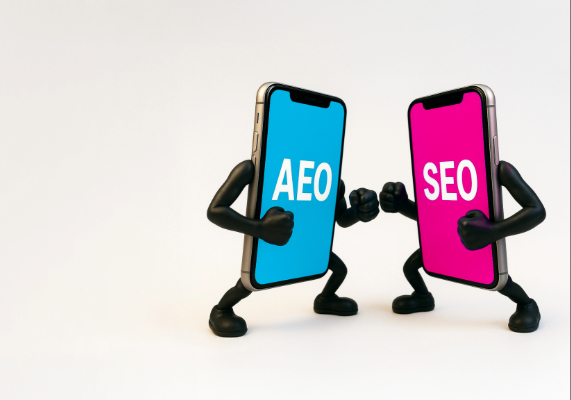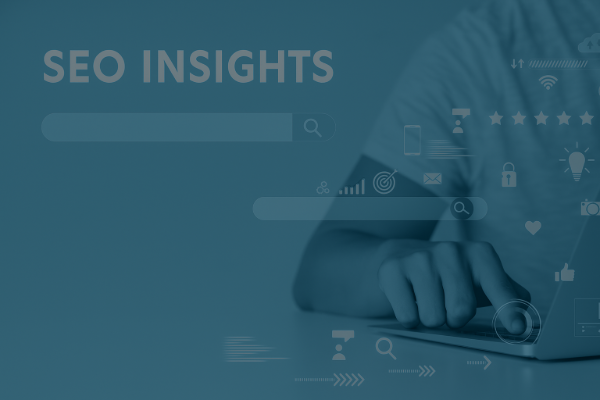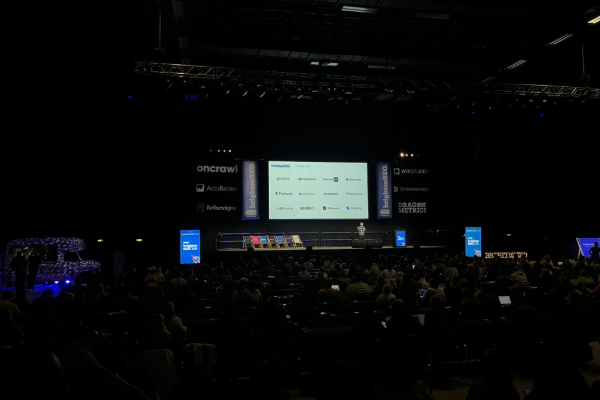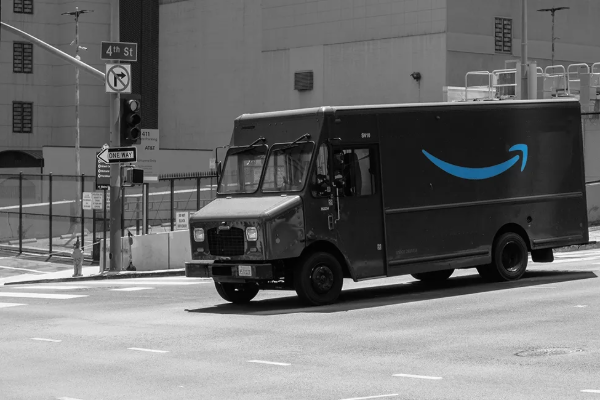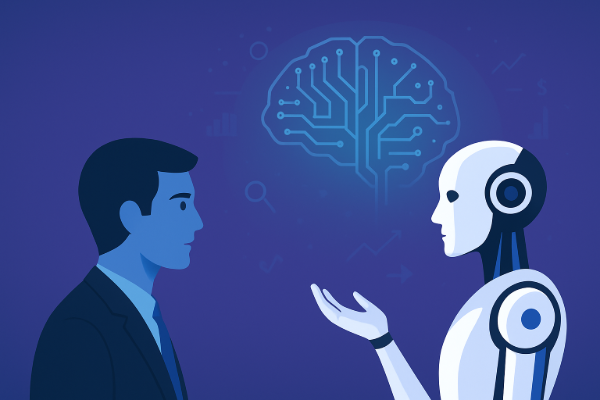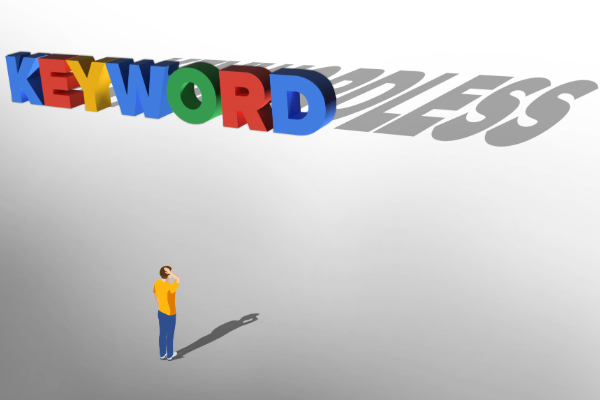AEO vs SEO: Can Your Brand Afford To Miss 4.4x More Traffic?
Search is undergoing one of the most significant transformations in its history. What began as a static, keyword-driven process has become a dynamic, conversational experience shaped by AI.
At the centre of this evolution is Answer Engine Optimisation (AEO), a strategy designed to ensure brands remain visible in a world where AI delivers instant, personalised answers.
For marketers, it is clear that consumers are no longer simply typing queries into Google and scanning results. Instead, they’re engaging with AI-powered platforms that interpret intent, filter options, and present trusted answers before a brand’s website is even visited.
The Numbers Behind the Shift
Recent studies highlight the scale and speed of change:
- The average large language model (LLM) visitor is worth 4.4× more than a traditional organic search visitor (Semrush).
- ChatGPT usage has surged, with prompts up by 70% in the first half of 2025 (Bain).
- 38% of users now engage with AI-generated search summaries (YouGov Business).
- By 2028, brands’ organic search traffic is forecast to fall by 50% (Gartner).
- Traditional search engine volume is projected to shrink by 25% by 2026 (Semrush).
- Younger consumers are leading adoption: 59% of Gen Z and 56% of Millennials say they find AI-generated summaries useful (YouGov Business).
The takeaway is clear: Brands that don’t adapt now risk disappearing from the places that matter most.
The Timeline of Disruption
Over the past two decades, search has gradually moved towards delivering richer, faster answers. From Google’s simple text interface in 1998 to the launch of AI Mode in 2025, each step has accelerated the trend towards immediacy and personalisation.
Key milestones include:
- 2006–2014: The rollout of Universal Search, Rich Snippets, and Featured Snippets expanded results beyond static text.
- 2023–2025: The introduction of Google Bard, AI Overviews, and AI Mode embedded AI deeply into the search experience.
The result of this innovation means AI now sits at the heart of how consumers discover and engage with information online.
How Search Behaviour Is Changing
User journeys are becoming increasingly complex, spanning multiple digital and physical touchpoints and channels, with consumers no longer moving in a straight line from search to site. Increasingly, answers are being delivered before users reach a brand’s own channels.
AI tools act as personal assistants, offering contextual recommendations, anticipating follow-up questions, and shaping decisions at every stage of the customer journey.
We know this means visibility must extend far beyond traditional search listings.
What Is Answer Engine Optimisation (AEO)?
While SEO focuses on ranking in search engines, AEO is about becoming the answer itself. Delivering concise, authoritative, and tailored responses that AI systems can surface with confidence.
Three pillars define successful AEO:
- Connections – Strengthen visibility by linking into the knowledge graph with schema, entities, and consistent data.
- Content – Provide clear, scannable answers that directly address customer questions.
- Credibility – Demonstrate authority by citing experts, maintaining consistency, and earning credible mentions.
In short, success comes from a formula of clear answers + trusted authority + machine-readable connections.
The Impact on Brands
AI is reshaping core marketing metrics:
- The share of queries triggering AI Overviews has doubled.
- Zero-click searches are up 23% year-on-year, as users get what they need from summaries.
- When an AI-generated summary is present, users are 47% less likely to click through.
This shift is redefining what “visibility” means. Ranking on page one is no longer enough. Brands must ensure they are mentioned, cited and used as sources.
What’s next for search?
The coming years will accelerate these changes:
- Monetised answers: It’s possible that sponsored placements could be incorporated directly into AI-generated responses
- Conversational journeys: AI platforms will guide consumers through multi-step interactions, from discovery to purchase.
- Hyper-personalisation: Everyone will see a different “best” answer, tailored to their preferences, history, and context.
- Physical-world integration: AI-driven insights will extend beyond screens into robotics, IoT, and real-world experiences.
Action Plan for Brands
To prepare, your brand should prioritise:
- Turning content into answers – Develop FAQ hubs, structured Q&A formats, and comprehensive coverage of customer queries.
- Strengthening trust signals – Attribute content to experts, cite credible sources, and keep brand information consistent across all platforms.
- Optimising for AI discovery – Implement schema markup, claim knowledge graph entries, and adapt content for voice, video, and visual search.
The future of search is no longer about chasing rankings; it’s about delivering answers. As AI reshapes the digital landscape, brands that embrace Answer Engine Optimisation (AEO) will remain visible, credible, and competitive in the moments that matter most.
In the age of AI, appearing in the AI-generated answer’s is the new page-one ranking.
This means AI-powered search engines must find your brands website, understand its content easily and trust that it is a reputable source.


